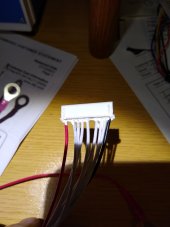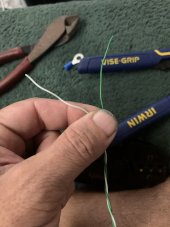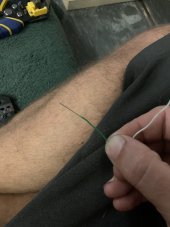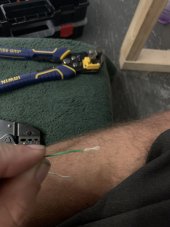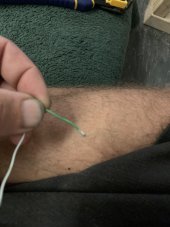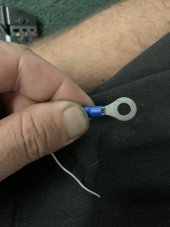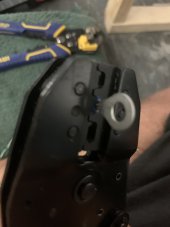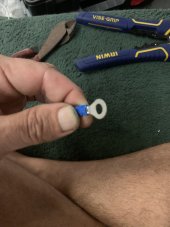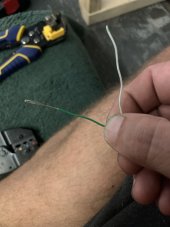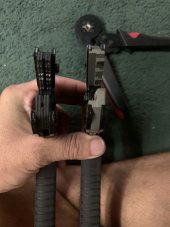Just thought I'd post this:
The wire i'm working with is a twisted pair from a cat6 cable.
View attachment 59295
The crimp connector (many will cringe) is one of those cheapy everready brand bought from walmart:
View attachment 59296
Strip off 3/4 to 1 inch of insulation and twist it together so the strands are held together tight:
View attachment 59298
Fold the stripped wire over onto itself once:
View attachment 59299
Then onto itself one more time:
View attachment 59300
slip the prepped wire into the terminal just enough to barely see the tip at the ring opening side of the barrel:
View attachment 59301
Use the proper crimping tool/die (these are insulated, not heatshrink terminals) and make sure the terminal is lined up properly in the crimper die:
View attachment 59302
Also make sure the insulation is flush with the edge of the die on the ring terminal side:
View attachment 59304
End up with a tight crimp that holds:
View attachment 59303




